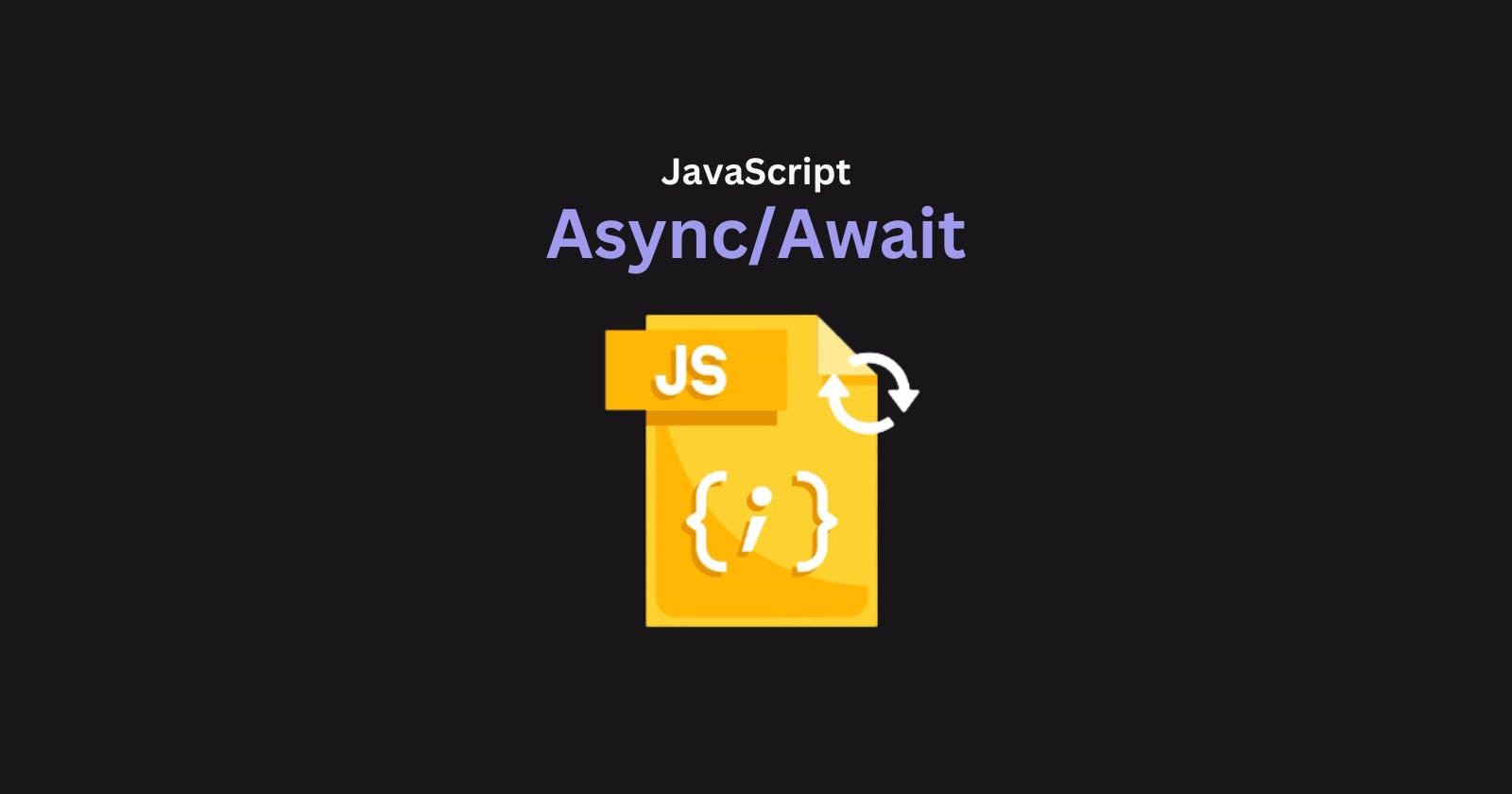In the fast-paced world of web development, managing asynchronous operations can often feel like navigating a maze of callbacks and promise chains. Enter async/await – two game-changing keywords in JavaScript that revolutionize the way we handle asynchronous code. With async/await, say goodbye to the complexities of promise chains and callback hell. Instead, embrace a coding paradigm where asynchronous tasks become as simple and intuitive as their synchronous counterparts.
Why Async/Await?
In the era before async/await, developers often relied on promises or callbacks to handle asynchronous operations. Here's an example of using promises to make an API request:
//promise chain
function fetchData() {
fetch('https://api.example.com/data')
.then(response => {
if (!response.ok) {
throw new Error('Network response was not ok');
}
return response.json();
})
.then(data => {
console.log('Data received:', data);
})
.catch(error => {
console.error('Error:', error);
});
}
fetchData();
While promises and callbacks suffice for smaller tasks, they can quickly lead to complex promise chains or callback hells as the complexity of the task grows.
Enter Async/Await: a sophisticated alternative to promises and callbacks for managing asynchronous tasks. This approach allows for writing clear, linear code without the need for cumbersome .then chains or nested callbacks. The key benefits of async/await include its simple syntax, improved code readability, and intuitive error handling with try/catch blocks. Imagine simplifying the logic of your API requests, file read/write operations, or animations, all with a more streamlined syntax.
The 'async' Keyword
The journey into the world of async/await begins with the 'async' keyword, which magically transforms an ordinary function into an asynchronous one. Once declared as async, our function gains the ability to contain one or more 'await' expressions and implicitly returns a promise. This enchanting keyword sets the stage for using 'await' inside the function, allowing our code to gracefully wait for promise resolution without halting the execution of the rest of our script.
Syntax of an asynchronous function:
async function fetchData(){
//now this function is a promise
}
Note: The 'async' keyword can be used to declare either a regular function or an arrow function as asynchronous. This versatility allows developers to choose the function syntax that best suits their coding style and project requirements.
The 'await' Keyword
At the core of our discussion, the 'await' keyword reveals its true power. When employed within an async function, 'await' halts the function's execution until a promise resolves. Impressively, 'await' unlocks synchronous-like behavior in our asynchronous code without causing browser freezing. It enables us to await data from an API, the outcome of a database operation, or any asynchronous task, mirroring the simplicity of a variable assignment.
Simplified Error Handling with try/catch
Async/await introduces a more intuitive way to handle errors using try/catch blocks. This approach provides a familiar and structured mechanism for managing errors during asynchronous operations. By encapsulating await calls within a try block, we can gracefully handle potential errors in a corresponding catch block.
Let's revisit the 'fetchData' function, now rewritten using async/await:
async function fetchData() {
try {
const response = await fetch('https://api.example.com/data');
if (!response.ok) {
throw new Error('Network response was not ok');
}
const data = await response.json();
console.log('Data received:', data);
} catch (error) {
console.error('Error:', error);
}
}
fetchData();
Conclusion
In summary, async/await revolutionizes asynchronous code in JavaScript, offering cleaner, more readable, and easier-to-maintain solutions. By embracing these keywords, developers can streamline their code and enhance overall code quality. It's essential to utilize async/await judiciously and prioritize error handling to ensure robust and user-friendly applications.

